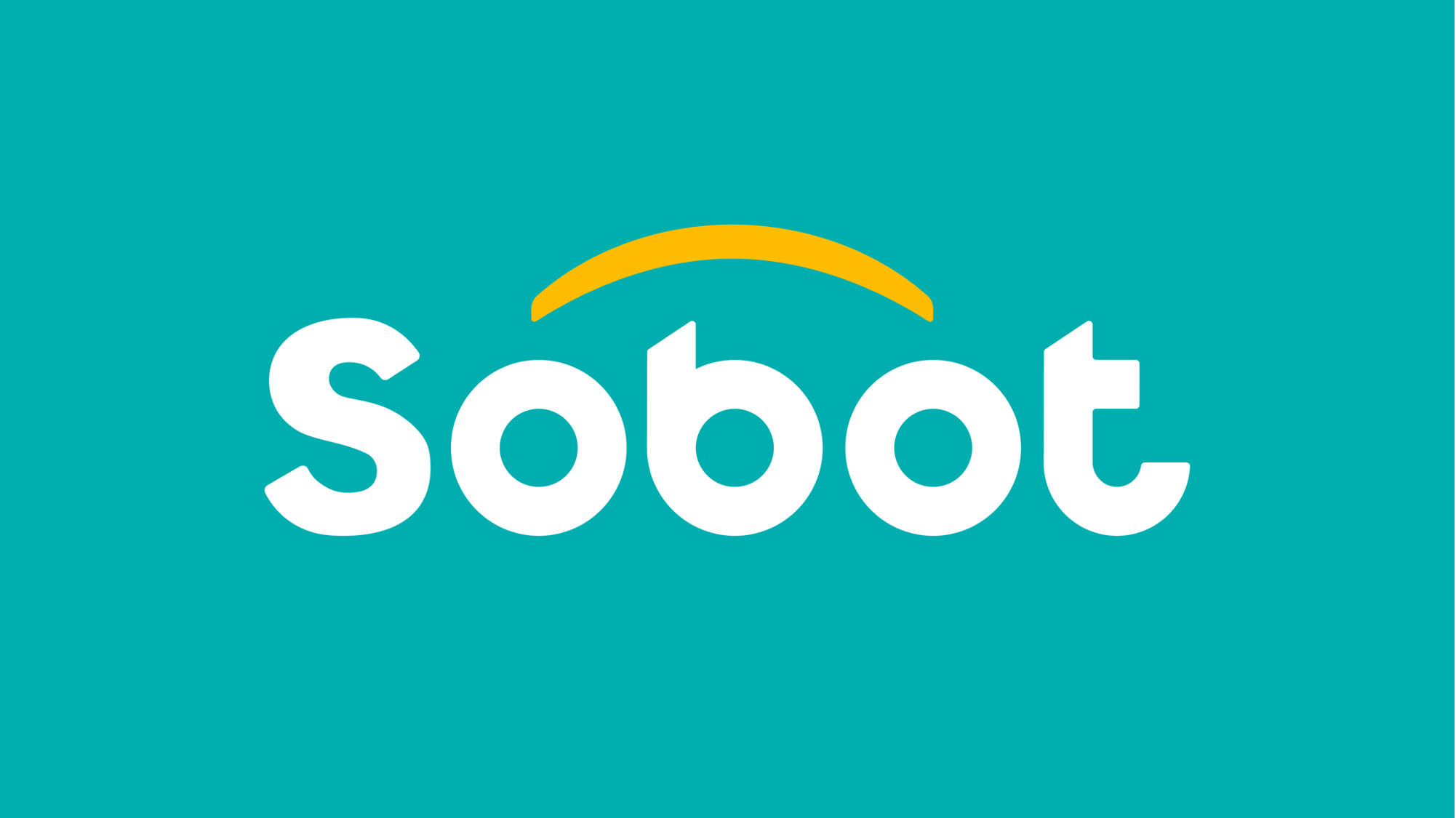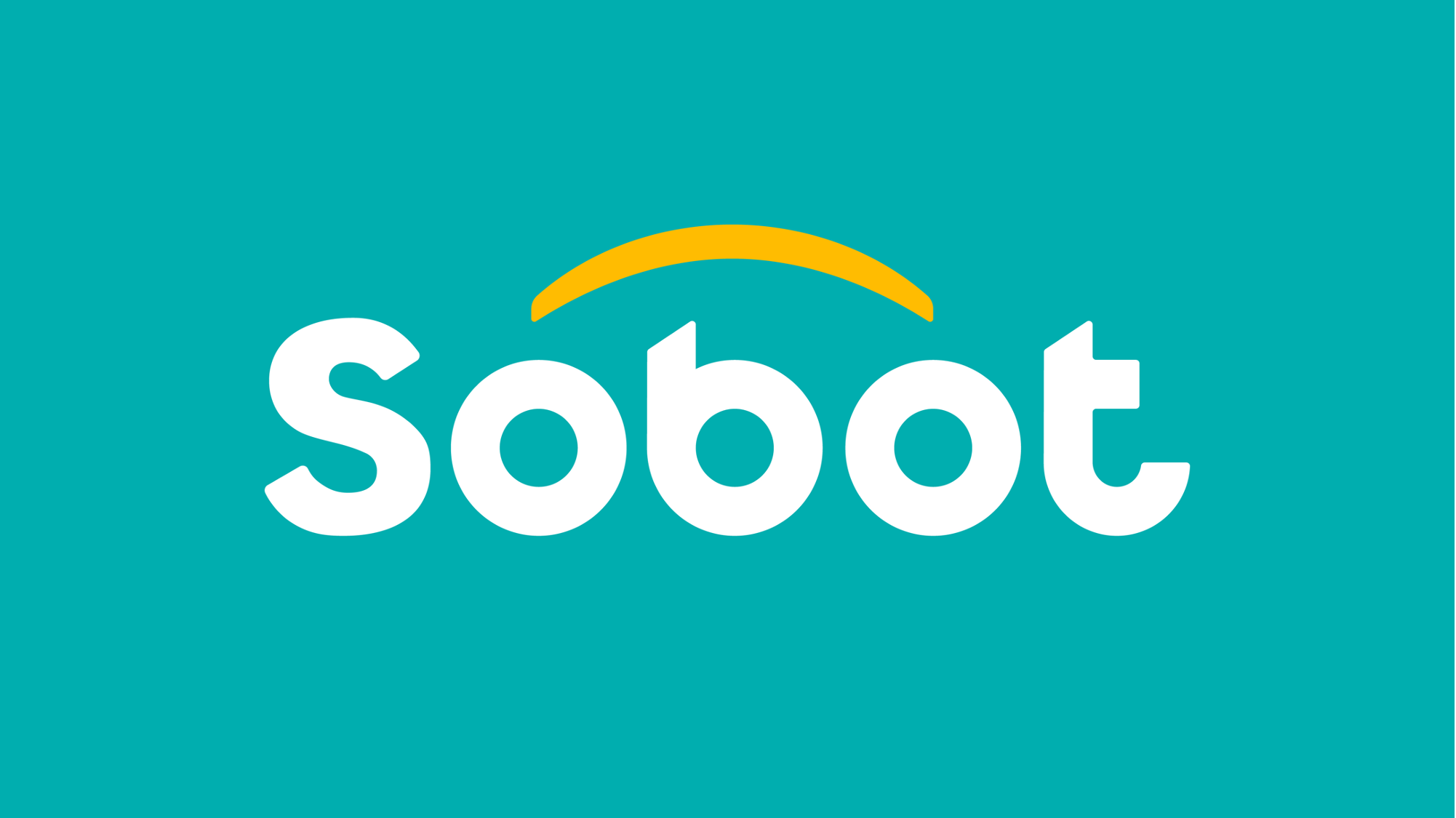In the world of customer service, how a business communicates with its audience can make or break customer loyalty. As digital communication channels multiply, companies are turning to contact center solutions to manage interactions more effectively. Two major approaches dominate the conversation: multichannel and omnichannel contact center solutions. While they sound similar, their structure and impact on customer experience differ significantly.
What Is a Multichannel Contact Center?
A multichannel contact center allows businesses to communicate with customers through a variety of channels such as phone, email, live chat, and social media. These options give customers the freedom to choose the most convenient method of communication. However, in a multichannel system, each channel typically operates independently. For example, if a customer emails support and later calls to follow up, the phone agent may not be aware of the previous email conversation. This lack of integration often leads to repetitive exchanges, slower resolutions, and a disconnected customer experience.
The multichannel approach focuses on availability, but not necessarily on consistency. Because each channel is managed separately, there is often no shared context between them. This siloed structure can limit an agent’s ability to fully understand the customer’s history or needs, which can hinder personalized support and reduce overall satisfaction.
What Is an Omnichannel Contact Center?
In contrast, omnichannel contact center solutions unify all communication channels into a single, cohesive system. Instead of treating each channel as separate, omnichannel platforms integrate them into one interface that provides a complete view of every customer interaction—regardless of where it starts or continues.
For example, a customer may begin with a live chat, follow up via email, and then call for clarification. With an omnichannel setup, every touchpoint is recorded and accessible to the support team. This allows agents to respond more effectively, without requiring the customer to repeat information. The transition between channels is seamless, making the experience more convenient and connected for both parties.
Key Differences Between Multichannel and Omnichannel
The most important difference between multichannel and omnichannel contact centers lies in the level of integration. Multichannel systems offer more ways for customers to get in touch but often lack a unified structure. Omnichannel solutions, on the other hand, centralize all communication in one place and maintain continuity across all channels.
This means that omnichannel platforms deliver more efficient support, reduce wait times, and allow for personalized service based on complete customer data. Meanwhile, multichannel systems may suffer from delays, confusion, and inconsistent service due to the lack of shared context.
Why Businesses Should Choose Omnichannel Solutions
As customer expectations continue to rise, delivering smooth and personalized service is essential. Businesses that adopt omnichannel contact center solutions are better equipped to meet these demands. By providing agents with full visibility into each customer’s journey, omnichannel platforms help reduce errors, speed up resolutions, and build long-term customer trust.

Sobot: Your Omnichannel Contact Center Partner
If your business is ready to shift from a fragmented support system to a fully integrated one, Sobot offers the tools you need. As a leader in omnichannel contact center solutions, Sobot helps companies bring all customer interactions—voice, email, chat, and social media—into one unified platform. With real-time data, smart routing, and easy channel switching, Sobot empowers your team to deliver consistent, context-rich support every time.



